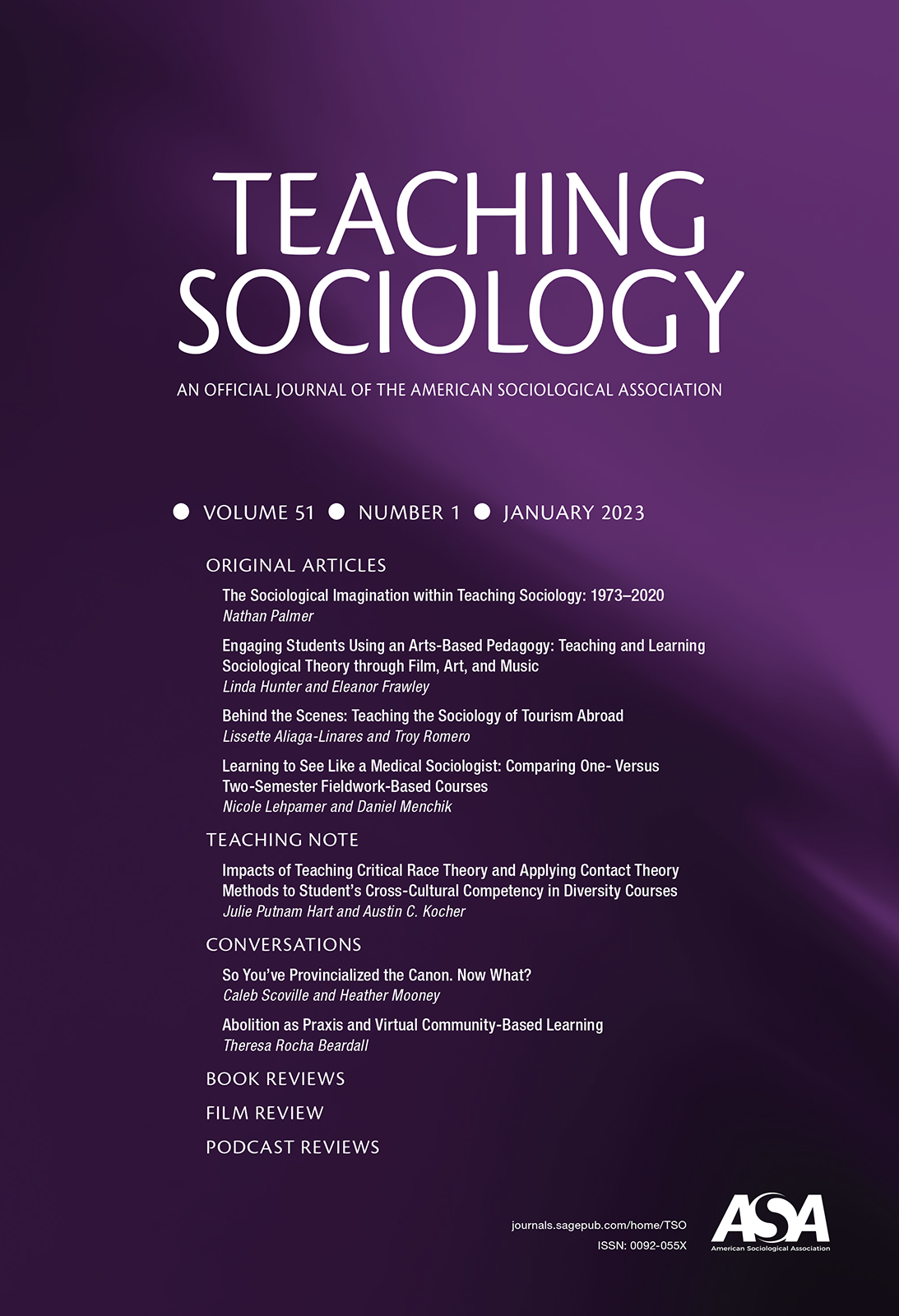
City & Community
Sociology
The American Sociological Association (ASA), founded in 1905, is a non-profit membership association dedicated to advancing sociology as a scientific discipline and profession serving the public good. With 12,000 members, ASA encompasses sociologists who are faculty members at colleges and universities, researchers, practitioners, and students. About 20 percent of the members work in government, business, or non-profit organizations. ASA hosts an annual meeting with more than 6,000 participants and publishes 14 professional journals and magazines.
As the national organization for sociologists, ASA, through its Executive Office, is well positioned to provide a unique set of services to its members and to promote the vitality, visibility, and diversity of the discipline. Working at the national and international levels, ASA aims to articulate policy and implement programs likely to have the broadest possible impact for sociology now and in the future.
 |
 |
 |
 |
 |
 |
 |
 |
 |
 |
 |
 |
 |
City & Community (C&C) aims to advance urban sociological theory, promote the highest quality empirical research on communities and urban social life, and encourage sociological perspectives on urban policy. It welcomes contributions that employ quantitative and qualitative methods as well as comparative and historical approaches. The journal encourages manuscripts exploring the interface of global and local issues, locally embedded social interaction and community life, urban culture and the meaning of place, and sociological approaches to urban political economy. The journal also seeks articles on urban spatial arrangements, social impacts of local natural and built environments, urban and rural inequalities, virtual communities, and other topics germane to urban life and communities that will advance general sociological theory.
| Richard E. Ocejo | CUNY Graduate Center and John Jay College |
| Daniela Tagtachian | CUNY Graduate Center |
| Alex Kempler | The Ohio State University, USA |
| Angela LaScala-Gruenewald | CUNY Graduate Center |
| Qiyao Pan | CUNY Graduate Center |
| Thalia Tom | University of Southern California, USA |
| Prentiss A. Dantzler | University of Toronto, Canada |
| Zachary Levenson | Florida International University, FL, USA |
| Xuefei Ren | Michigan State University |
| Sofya Aptekar | CUNY - School of Labor and Urban Studies |
| Ervin Kosta | Hobart and William Smith Colleges |
| Hillary Angelo | University of California-Santa Cruz |
| Sofya Aptekar | CUNY - School of Labor and Urban Studies |
| Robin Bartram | University of Chicago, USA |
| Monica Bell | Yale University, CT, USA |
| Pamela Bennett | University of Maryland-Baltimore County, USA |
| Jennifer Candipan | Brown University, USA |
| Ernesto Castaneda | American University, Washington, D.C., USA |
| Orly Clerge | University of California-Davis |
| Robert J. Durán | Texas A&M University-College Station |
| John Major Eason | Brown University, RI, USA |
| Samantha Friedman | SUNY-Albany |
| Albert S. Fu | Kutztown University of Pennsylvania |
| Philip Garboden | University of Chicago, USA |
| Theo Greene | Bowdoin College |
| Ervin Kosta | Hobart and William Smith Colleges |
| Jeremy Levine | University of Michigan, USA |
| R. L'Heureux Lewis-McCoy | New York University |
| Jan C. Lin | Occidental College |
| Sarah Mayorga | Brandeis University |
| Leonard Nevarez | Vassar College |
| Josh Pacewicz | Brown University |
| Maria Rendon | University of California, Irvine, USA |
| John N. Robinson, III | Princeton University |
| Zawadi Rucks-Ahidiana | SUNY-Albany |
| Amy L. Spring | Georgia State University |
| Brandi Thompson Summers | University of California-Berkeley |
| Melissa M. Valle | Rutgers University-Newark |
Manuscript submission guidelines can be accessed on Sage Journals.